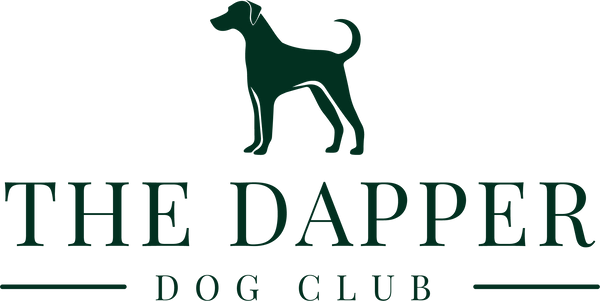History
Originating from northeastern Siberia, the Siberian Husky is a breed with a rich history. Bred by the Chukchi people for centuries, these dogs were valued for their endurance, strength, and ability to withstand harsh Arctic conditions. Used primarily as sled dogs, Siberian Huskies played a vital role in transportation and survival for the Chukchi nomads.
Appearance
Siberian Huskies are medium-sized dogs known for their striking appearance. They possess a dense double coat that insulates them from cold temperatures, with markings and patterns ranging from black and white to shades of gray and red. Their almond-shaped eyes, often blue or brown, convey intelligence and alertness, while their erect, triangular ears add to their majestic presence.
Temperament
Siberian Huskies are friendly, outgoing, and often described as "good-natured clowns." They have an independent spirit but are also deeply loyal to their families. Their sociable nature extends to both humans and other dogs, making them excellent companions. However, their strong prey drive means they may not be suitable for households with small animals unless properly socialised.
Health Considerations
Overall, Siberian Huskies are a relatively healthy breed. However, they may be predisposed to certain conditions, including hip dysplasia, eye problems such as cataracts, and autoimmune disorders like hypothyroidism. Regular exercise and a balanced diet are essential for maintaining their health and preventing obesity, a common issue in this breed.
Trainability
Siberian Huskies are intelligent but can be independent thinkers, which may present challenges during training. Consistent, positive reinforcement methods are crucial for success, as they respond best to rewards and praise. Due to their strong prey drive and love for exploration, it's essential to keep them on leash or in a secure area to prevent them from wandering off.
Exercise
As a highly active breed, Siberian Huskies require ample exercise to keep both their bodies and minds stimulated. Daily walks, runs, or hikes are essential, along with opportunities for off-leash play in a safe, enclosed environment. Engaging in activities such as sledding or agility training can also fulfill their need for mental and physical stimulation.
Other Considerations
Siberian Huskies are known for their vocalisations, including howling, whining, and "talking." While this can be entertaining, it's important to consider potential noise levels, especially in urban environments. Additionally, their thick coats require regular grooming to prevent matting and to manage shedding, which occurs heavily twice a year during shedding seasons. Providing ample mental stimulation and companionship is essential to prevent boredom and destructive behaviors in this intelligent and active breed.

